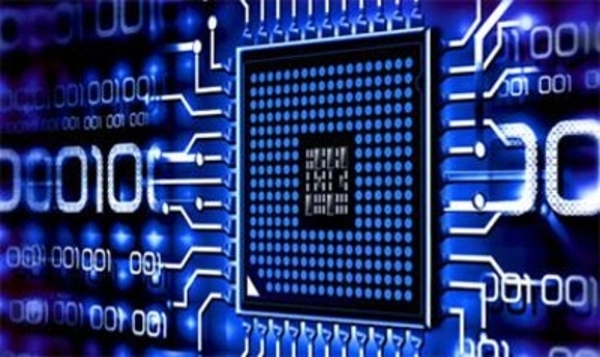Price:
6705 EUR
Contact
Massachusetts Institute of Technology
Description
Digital systems are at the heart of the information age in which we live, allowing us to store, communicate and manipulate information quickly and reliably. This computer science course is a bottom-up exploration of the abstractions, principles, and techniques used in the design of digital and computer systems. If you have a rudimentary knowledge of electricity and some exposure to programming, roll up your sleeves, join in and design a computer system!
This is Part 3 of a 3-part series on digital systems, providing an introduction to the hardware/software interface and is based on a course offered by the MIT Department of Electrical Engineering and Computer Science. Topics include pipelined computers, virtual memories, implementation of a simple time-sharing operating system, interrupts and real-time, and techniques for parallel processing.
Using your browser for design entry and simulation, you’ll optimize your processor design from Part 2 for size and speed, and make additions to a simple time-sharing operating system.
Learner Testimonial
"Out of the many edX courses I have taken, the first two parts of 6.004x were clearly the best. I am looking forward to the third part.” -- Previous Student
Specific details
Category of Education
Computer Sciense and IT
